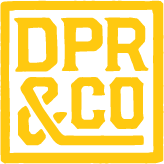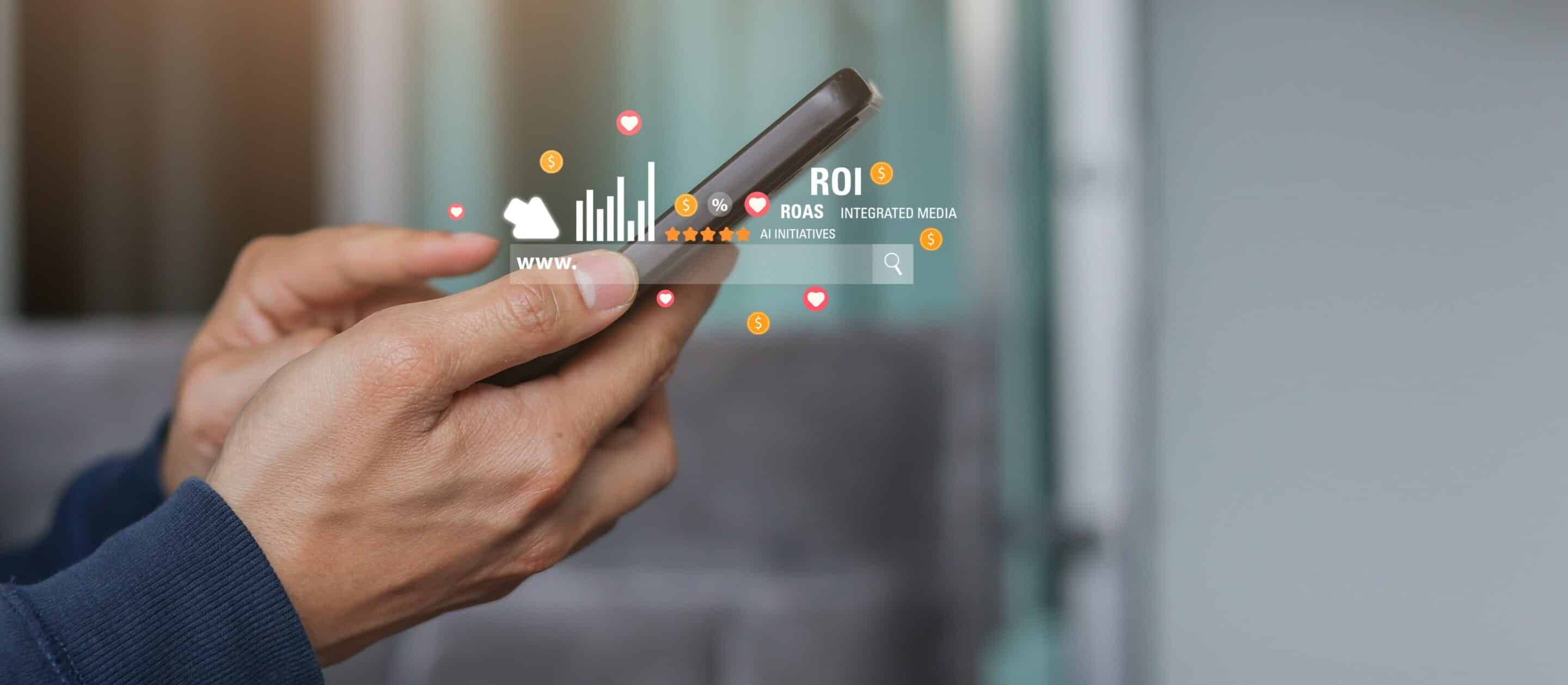After many years working with B2B clients in the industrial space, we’ve had a lot of feedback about what works for clients and what doesn’t.
Few of the frustrations we’ve heard are for lack of effort on the part of either the agency or you as a client and, in fact, result from a misalignment of structure and culture.
“We know ideas need to be distilled, but this just feels dumbed down,” or “…they just don’t take the time to get into the mindset of our customer,” or “I can’t stand the thought of bedding in a new account director when that last one was only here for a few months,” or “I get the sense that my account is a stepping stone to something my agency team really want to work on.” Any of these feelings ring a bell?
The structural challenges I refer to are endemic to much of the communications industry, full of bright people looking to advance their careers. The ‘glamor’ end of the industry lies with mainstream consumer advertising. In many instances, brands in this space have little opportunity for substantive differentiation, so rely on an emotional value proposition (ESP) instead of a unique selling proposition (USP).
For example, in a blind taste test of beers, the ability of a consumer to identify one lager against another is rare. So, people buy beer based on their ‘sense’ of the brand. “A beer from a place better than the one you’re in,” or “The beer we drink up here,” or the inane “Made from beer.”
A USP driven campaign is different. To be able to effectively distil a USP, you need to have assimilated the competitive qualities of the product and understand what they mean for the buyer. Only then can you create messages that tap into the emotions of someone that deals in spreadsheets and reports.
Emotions? Indeed. The buyers are still human beings and will be much more likely to act in your favour is they feel an emotional connection to your brand. And the range of emotions we play with in complex B2B advertising are just as valid as for consumer brands. It’s just that we need to work harder to evoke them.
So, the agencies that get this brand of advertising right have recognised two essential structural attributes that are pre-requisites for success.
- An orientation toward learning – a culture that supports inquisitiveness and a fascination in things that, at a surface level, may be outside their field of interest. When, for example, DPR&Co interviews creative or client service candidates for Caterpillar, we tell them upfront that they’ll need to ‘bleed yellow’. They need to be the kind of people who want to know as much about their client’s product as the OEM’s sales team – and never stop learning about it.
- A stable team of people that retains knowledge of the client’s business. Many agencies have staff turnover rates of 40-50% per annum. And if the agency orientation is to consumer brands, you’re going to get the least skilled of those because the ‘rockstars’ will be working on Mecca or Qantas et al. To achieve these low churn rates, your agency needs to offer the promise of career advancement without the revolving door approach to promotion. They appreciate the opportunity to spend time gaining the understanding they need to be an effective partner, and because of that empathy, are more likely to take satisfaction in your success. Beware, however, because they’ll also be more likely to speak their mind and may even be prepared to tell you you’re wrong.
These twin attributes may seem logical and simple, but they only exist in agencies that have taken a conscious effort to use them as foundation stones of their corporate culture.
So, if you’re experiencing any of the symptoms of a cultural mismatch with your agency, spend some time thinking about what you want from your communications partner. If you value the attributes of inquisitiveness, persistence, resilience and indefatigability, forget doing a creative pitch and base your decision on your potential partner’s culture and people. The creative will take care of itself.
Outlook 2025
2025 brings sharper pressure on CMOs to justify spend, especially in B2B verticals. The best agencies for industrial brands now combine creative and technical expertise with AI-powered insight and automation. It’s no longer enough to “know the product”—they must understand your customers’ buying cycles, digitally and in real time.
AI can help distil complex data into actionable insights, tailoring content by persona, funnel stage, and procurement behaviour. Customer acquisition and retention matter more than awards: continuity means context, and context drives conversion. Expect agencies to deploy predictive analytics that tie campaigns directly to pipeline impact.
Demand strategic thinkers who can translate spec sheets into scalable narratives across channels. The best partners will challenge you—on targeting, messaging, and even the brief itself. In 2025, choose an agency not just for what they can do, but for how they think—and how they integrate intelligence.

